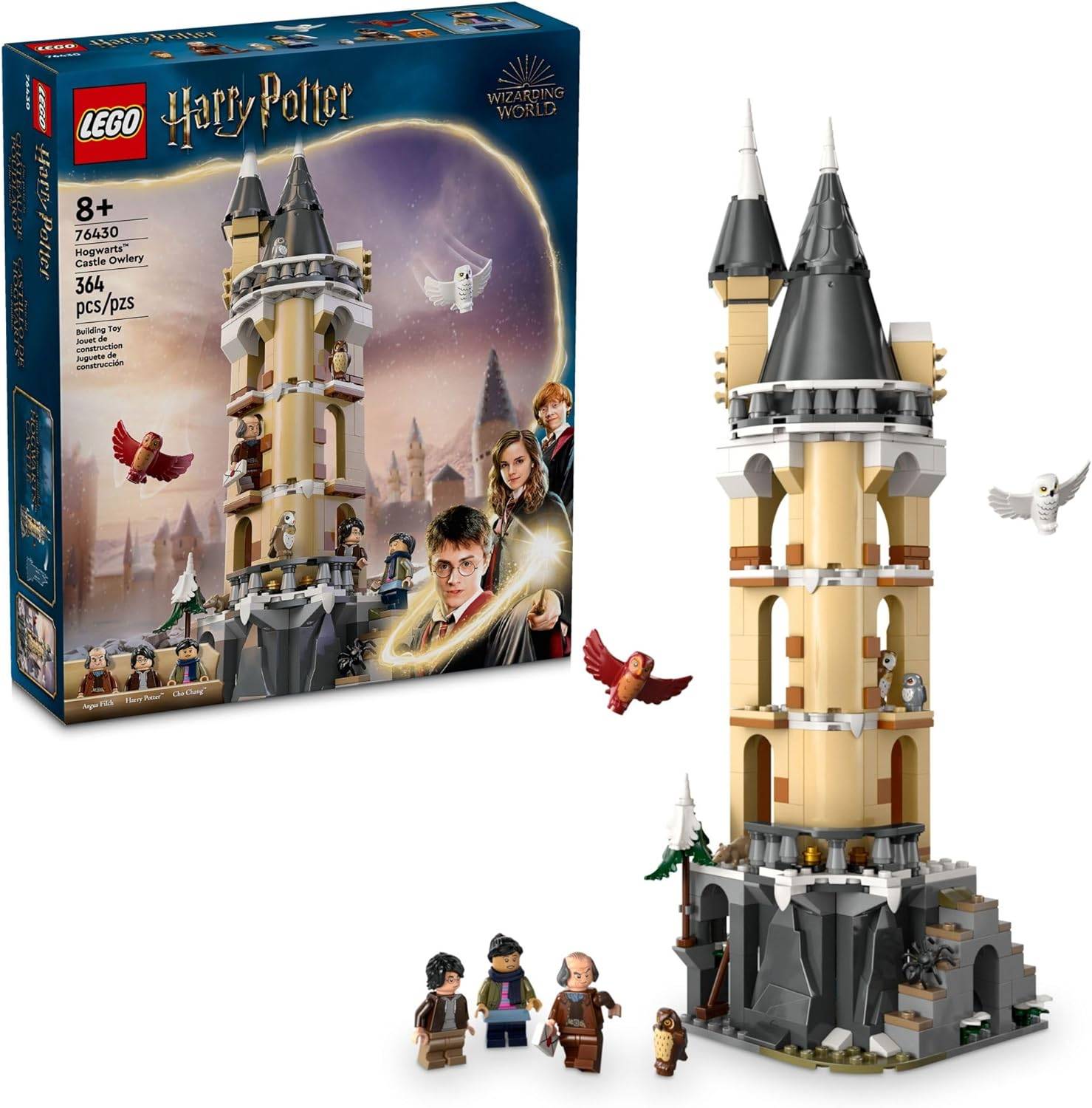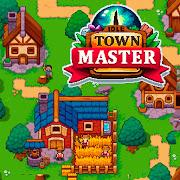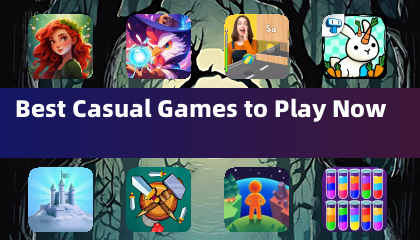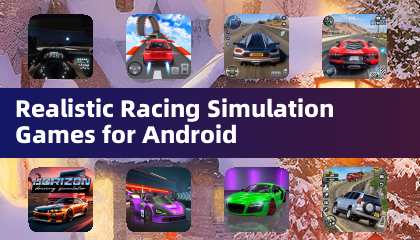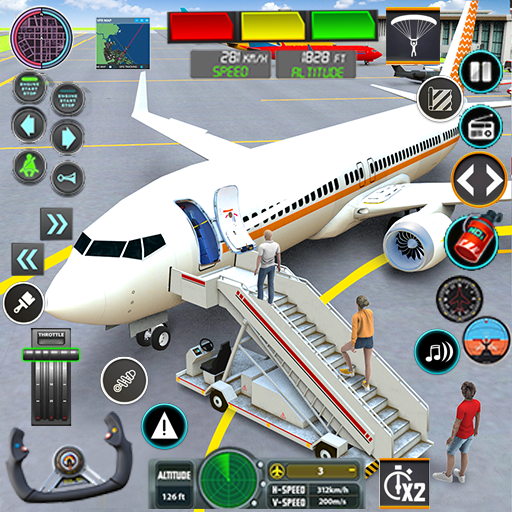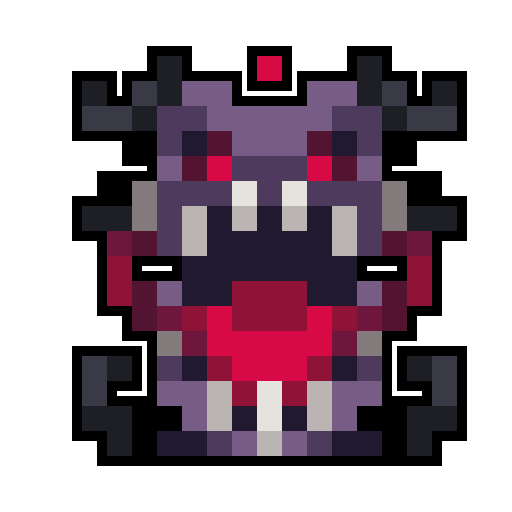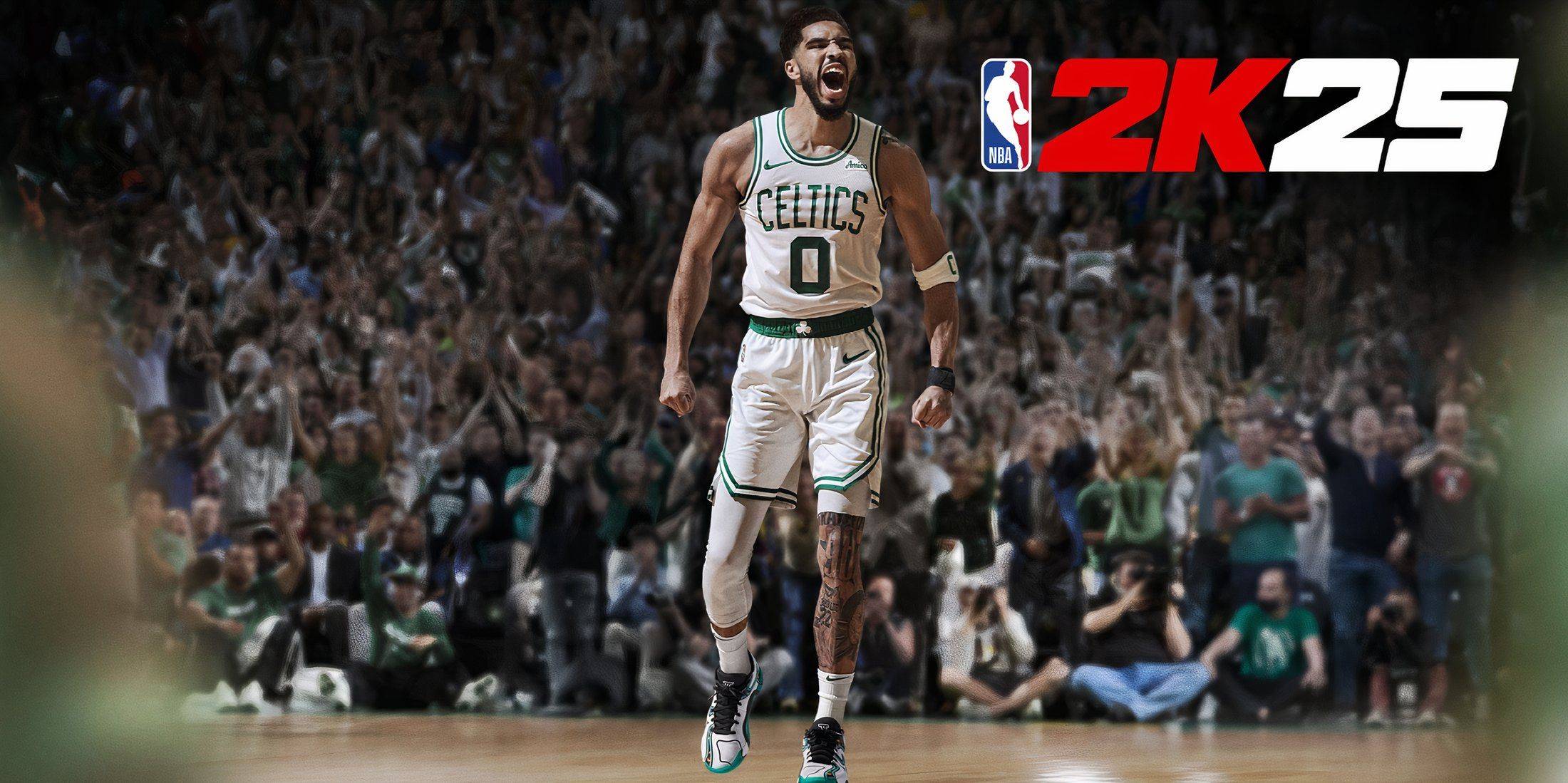Digital Foundry has unveiled the final technical specifications for the Nintendo Switch 2, alongside expressing concerns about the impact of the GameChat feature on the system's resources. Developers are reportedly worried about the significant resource allocation required by GameChat, as highlighted during last month's Nintendo Direct. The GameChat functionality can be activated with a simple press of the C button on the new Joy-Con, enabling players to not only communicate but also watch and interact with each other across different games using the built-in camera and microphone. This feature aims to be an all-in-one solution for multiplayer engagement, potentially marking Nintendo's most successful online venture in years.
Digital Foundry reports that Nintendo offers a GameChat testing tool to developers, simulating API latency and L3 cache misses to replicate real-world conditions without needing an active session. This raises questions about whether GameChat affects game performance. If GameChat's resources are allocated within the system's capacity, it should not impact performance, yet the existence of these testing tools suggests there might be a performance hit that developers need to consider. As Digital Foundry notes, "We'll be interested to see how GameChat may (or may not) impact game performance as this does seem to be an area of developer concern." The full impact on game performance will become clear when the Switch 2 launches on June 5.
In addition to GameChat concerns, Digital Foundry has detailed the Switch 2's memory allocation. The Switch 2 reserves 3GB for system use, leaving 9GB available for games. This contrasts with the original Switch, which reserved 0.8GB and allocated 3.2GB to games. This significant reservation of system resources means that, like other consoles, the Switch 2's developers won't have access to the full GPU capabilities, as some are reserved for system operations.
Nintendo Switch 2 System and Accessories Gallery
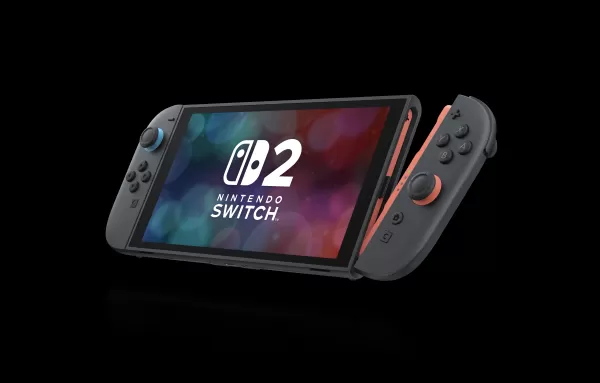
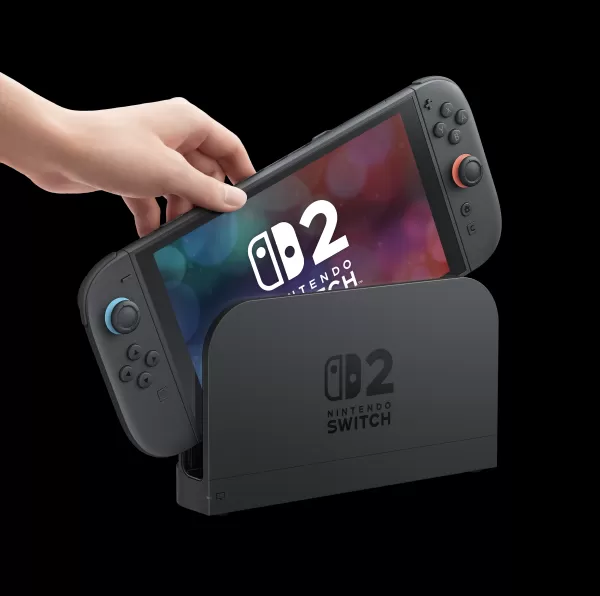 View 91 Images
View 91 Images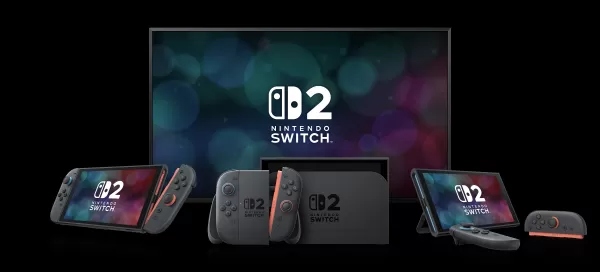
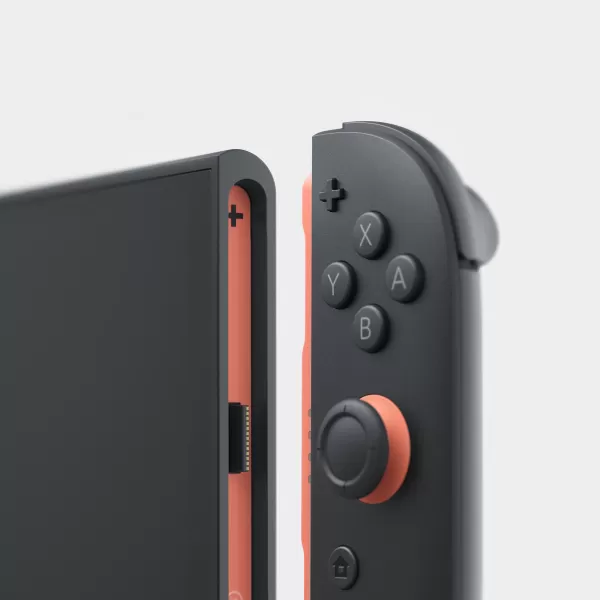

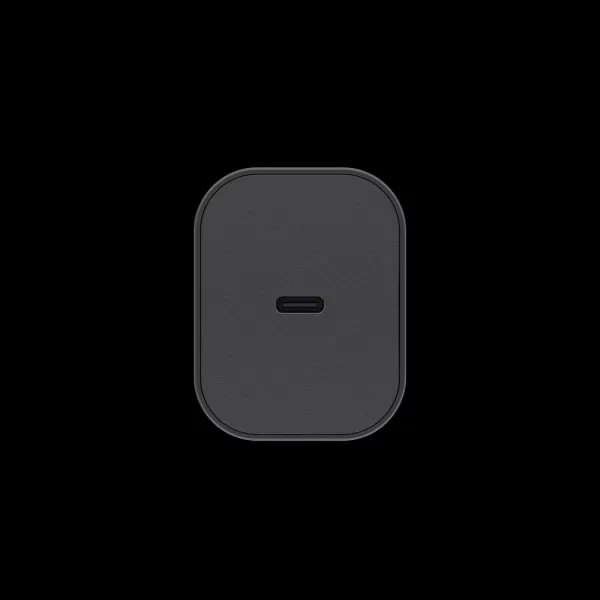
The Switch 2 boasts a 7.9-inch wide color gamut LCD screen, capable of 1080p resolution (1920x1080). This is a substantial upgrade from the original Switch's 6.2-inch screen, the Switch OLED's 7-inch screen, and the Switch Lite's 5.5-inch screen. Additionally, the Switch 2 supports HDR10 and Variable Refresh Rate (VRR) up to 120 Hz, enabling games to reach 120fps when supported by both the game and the display setup.
When docked, the Switch 2 can output games at 4K resolution (3840x2160) at 60fps, or at 1080p/1440p (1920x1080/2560x1440) at 120fps. These enhanced graphics are facilitated by a "custom processor made by NVIDIA." For a deeper dive into the Switch 2's capabilities, Digital Foundry's full spec analysis is highly recommended.

